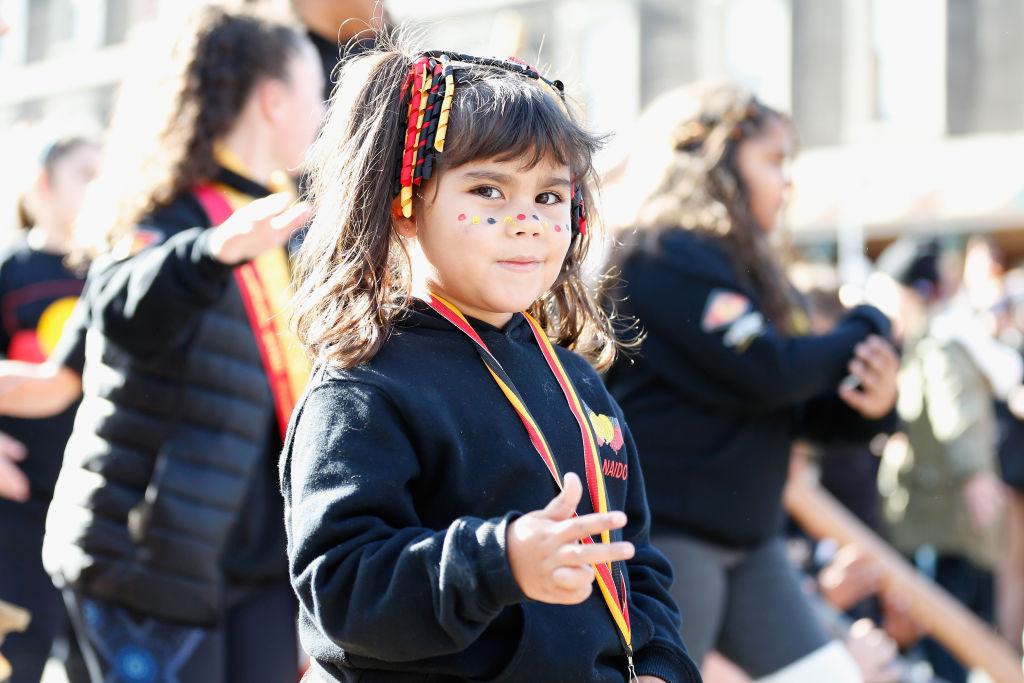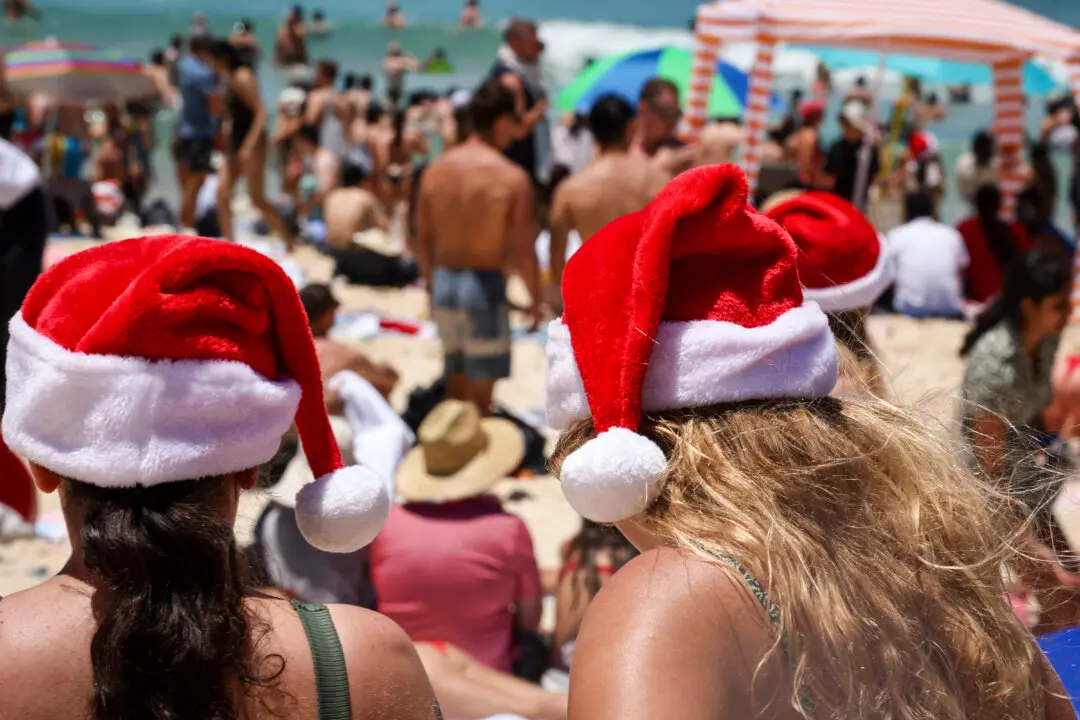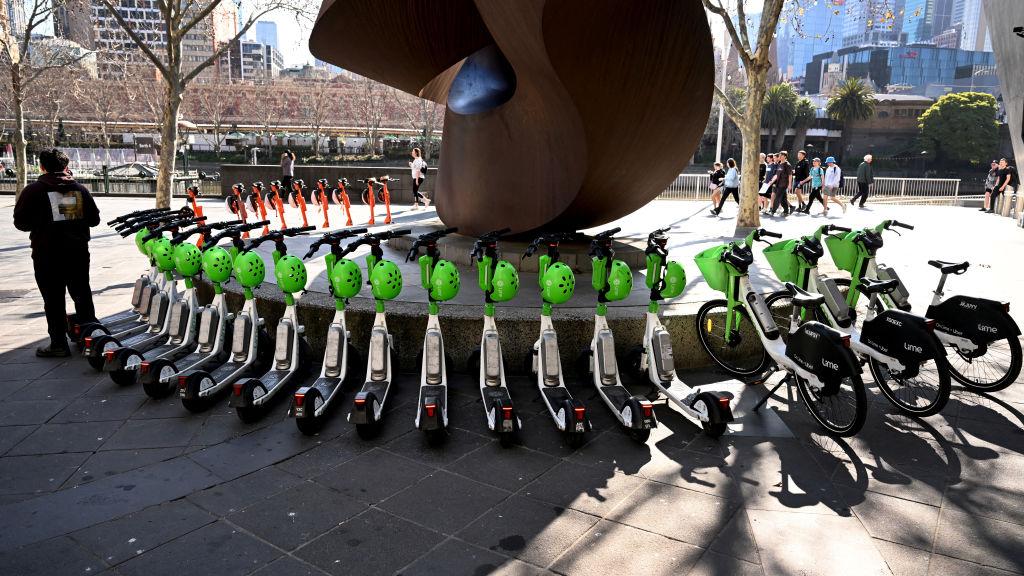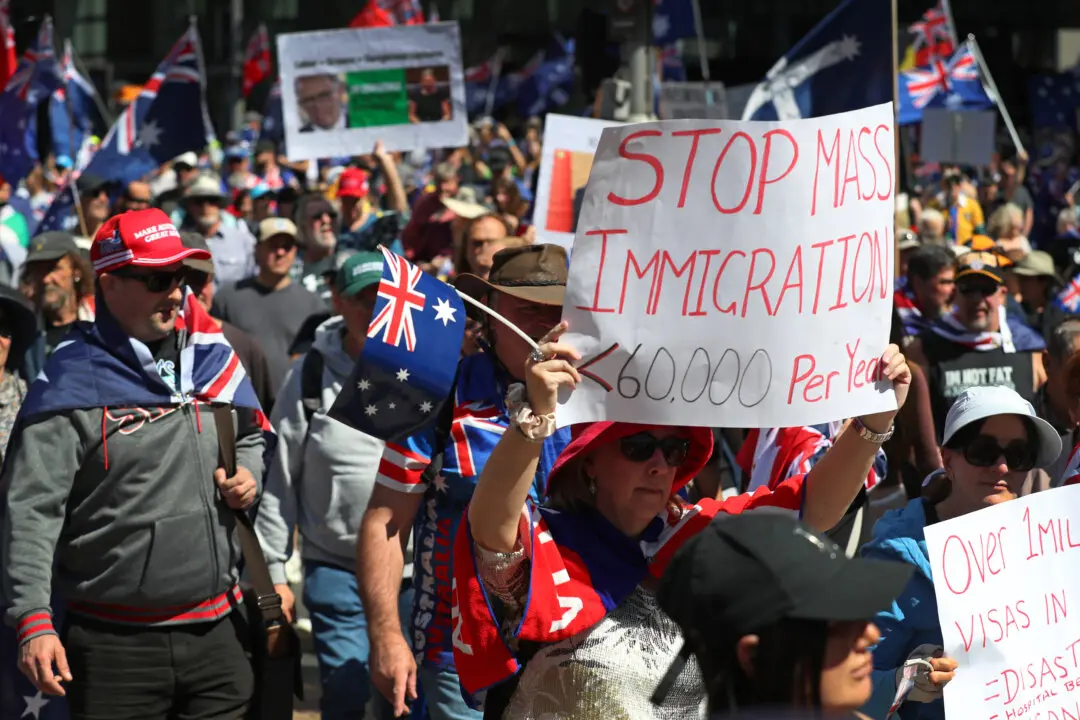Fewer Aboriginal children would end up in the child protection system if early childhood services were better funded and resourced, industry leaders suggest.
Victoria’s truth-telling inquiry is examining the child protection system, with early childhood leaders on Friday lamenting the fractured way centres are funded across the state.





